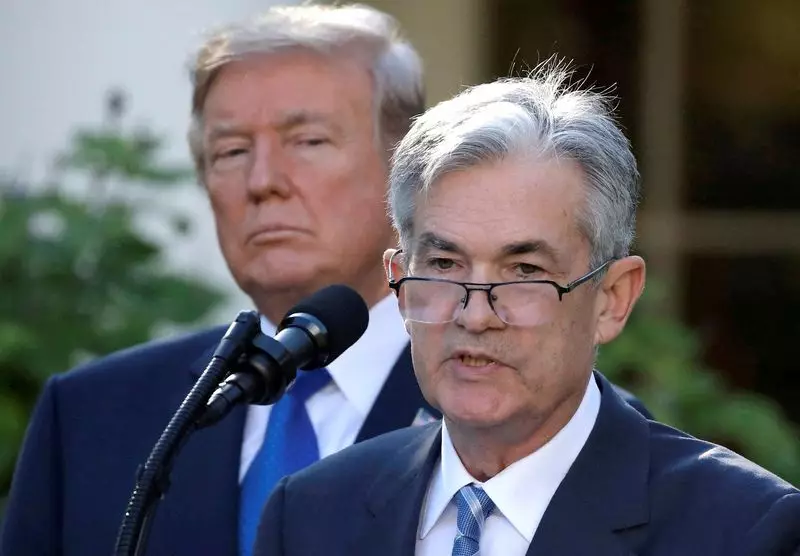As the political landscape continues to evolve in the United States, the relationship between the presidency and the Federal Reserve remains a crucial area of scrutiny. President-elect Donald Trump has expressed his intentions regarding Federal Reserve Chair Jerome Powell, commenting on his plans to maintain Powell’s position when he assumes office. This announcement comes after a tumultuous and often contentious history between Trump and the Fed during his previous term. Understanding the nuances of this relationship is essential to analyze the potential implications for economic policy and the financial markets moving forward.
In a recent interview, Trump stated unequivocally that he does not plan to remove Powell from his position as Chair of the Federal Reserve. He maintained that, while he has had disagreements with Powell over interest rates—which he feels should be lowered—he does not foresee an immediate replacement. This reflects a significant shift from Trump’s aggressive posture during his first term, where he openly criticized Powell and indicated an interest in influencing the Fed’s operations. Trump’s comment that Powell “wouldn’t go quietly” indicates an acknowledgment of the delicacies involved in any potential efforts to remove or replace the Fed Chair.
During his presidency, Trump’s relationship with Powell was characterized by public disagreements that were unprecedented for a sitting president. Historically, presidents have opted to keep a safe distance from the activities of the Federal Reserve due to its mandate for independence. Trump’s approach, which included public criticism and suggestions of dismissal, marked a departure from this protocol. His tumultuous relationship with Powell began in earnest in late 2018 when the Fed’s decision to increase interest rates sparked Trump’s ire. He repeatedly claimed that such decisions hampered economic growth and undermined his administration’s fiscal achievements.
Furthermore, Trump’s actions during the onset of the COVID-19 pandemic, including highlighting perceived mistakes made by Powell, evidenced a desire to exert more influence over monetary policy. This tendency raises significant questions about the boundaries of presidential influence on an independent body and underscores the necessity for financial stability, which Powell has frequently championed in his role.
Despite Trump’s assertions about keeping Powell in office, the potential for friction remains substantial. Trump’s campaign promises included lowering mortgage rates and accelerating economic growth, both of which may conflict with the Federal Reserve’s overarching goals of managing inflation and promoting sustainable employment levels. His proposal to implement broad tariffs could create additional challenges for Powell as the Fed grapples with inflationary pressures resulting from supply chain disruptions and changing economic circumstances.
Traders and financial analysts are closely watching the Fed’s upcoming meetings, particularly with expectations for potential interest rate cuts. A quarter-percentage-point reduction would signify a shift in monetary policy aimed at stimulating the economy during a period of cooling labor markets. Such maneuvers will require delicate coordination between the executive branch and the Federal Reserve, especially given Trump’s previous assertions about wanting input on the Fed’s decisions.
As Trump prepares to assume office once again, the intersection between his administration and the Federal Reserve presents a complex landscape fraught with challenges and opportunities. The ongoing economic pressures, coupled with Trump’s historical tendency to publicly address the Fed, will require careful navigation. As we move forward, the implications of this interaction between a president and an independent central bank will be pivotal in shaping the economic trajectory of the United States. The upcoming months could set the stage for a new chapter in the evolution of monetary policy, underlining the importance of balance between presidential influence and the Fed’s independence.

